#women air force service pilot
Photo

Elizabeth L. Gardner (1921 – December 22, 2011) One of the first American female military pilots and member of the WASPS ( Women Airforce Service Pilots), having trained with Lieutenant Col. Paul Tibbets. She's seen here sitting in the pilot's seat of a Martin B-26 Marauder, which she flew expertly during WWII along with aircraft that towed aerial targets.
After the war, Miss Gardner worked as a test pilot and with General Textile Mills to design and implement aircraft parachutes. She participated in at least two test flights with the experimental chute in December 1945. During both tests, she was forced to bail out of the aircraft when the parachute became tangled in the test aircraft. During the second incident, the aircraft entered a dive when its elevators were jammed by the parachute; Miss Gardner managed to escape from the cockpit and was only 500 feet from the ground when her own parachute opened.
In 2009, WASP pilots were awarded a Congressional Gold Medal through a unit citation.
The heroic Miss Gardner passed away in December 2011 in Manhattan, New York at the age of 90.
#elizabeth gardner#wasp pilot#women air force service pilot#wwii#wwii pilot#hero#military#wwii watches#wwii timepiece#watches#timepiece#military watches#horology#Congressional Gold Medal#WWII History
83 notes
·
View notes
Photo

Jacqueline "Jackie" Cochran
Pioneer American aviator Jacqueline "Jackie" Cochran in the cockpit of a Curtiss P-40 Warhawk fighter plane. Cochran was head of the Women Air Force Service Pilots (WASP). Date of photo unknown.
#WASP#Women in aviation#Aviation Pioneers#Female pilot#Curtiss#P-40#Warhawk#Women Air Force Service Pilot#Flying#Women aviator
26 notes
·
View notes
Text
The Women's Airforce Service Pilots (WASP): Soaring Through Gender Barriers 🛩🐝
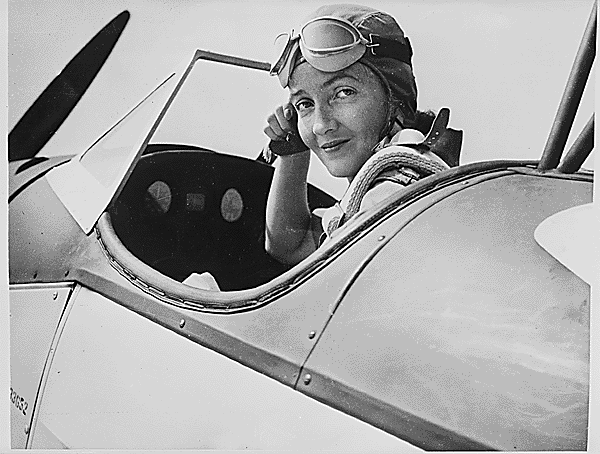
During World War II, while the world battled on various fronts, a quieter revolution took flight in the United States. The Women's Airforce Service Pilots, or WASP, were a pioneering group of female aviators who defied traditional gender norms, proving that women could excel in roles historically reserved for men.
Origins of the WASP
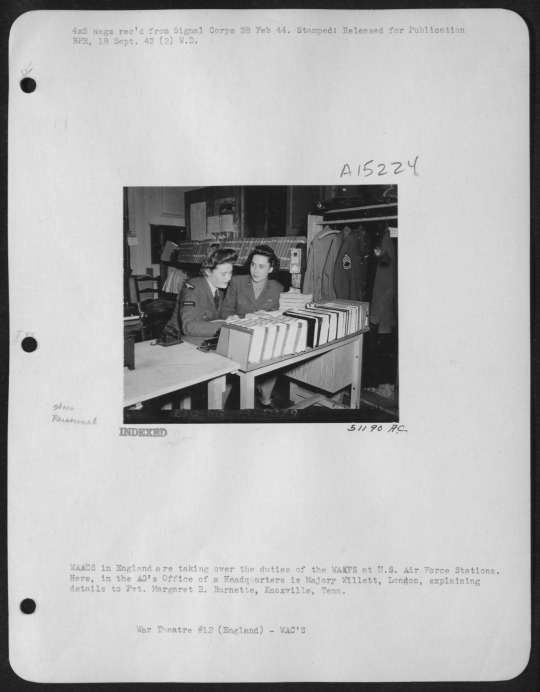
With many American men serving overseas, the country faced a need to tap into underutilized domestic resources. The WASP program, initiated in 1943, merged two existing women's flying programs: the Women's Flying Training Detachment (WFTD) and the Women's Auxiliary Ferrying Squadron (WAFS). These women, under the guidance of aviators like Jacqueline Cochran and Nancy Love, would play a critical role in the war effort.
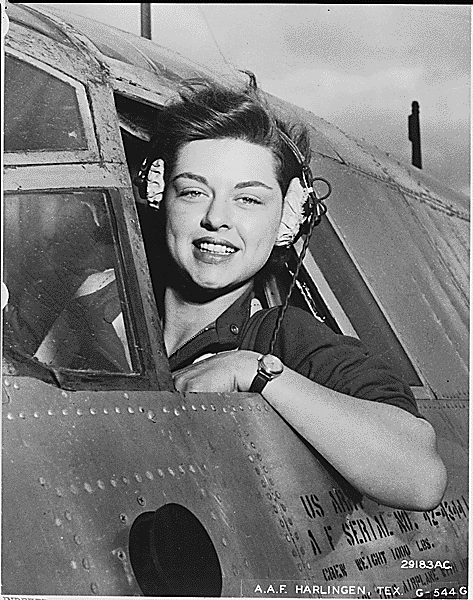
Duties and Contributions
The WASPs were trained pilots who contributed in non-combat roles. They ferried military aircraft across the country, tested planes, instructed male pilots, and even towed targets for live anti-aircraft artillery practice. They fulfilled the non-combat roles formerly occupied by male pilots, so more male pilots were available for combat roles. Women were not allowed to fly combat missions until [many years later, in 1993.. By the end of the war, WASPs had flown every type of military aircraft, logged over 60 million miles, and transported nearly 12,650 aircraft of 78 different types.
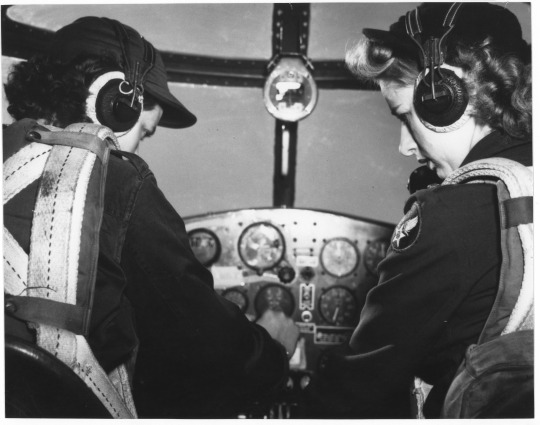
Challenges and Gender Biases
Despite their significant contributions, WASPs constantly faced skepticism and discrimination. They weren’t considered members of the military but were seen as civil service employees. They had to pay for their own uniforms, lodging, and sometimes even their way home after the end of their service. If a WASP pilot died during service, her burial costs fell on her family or fellow pilots.
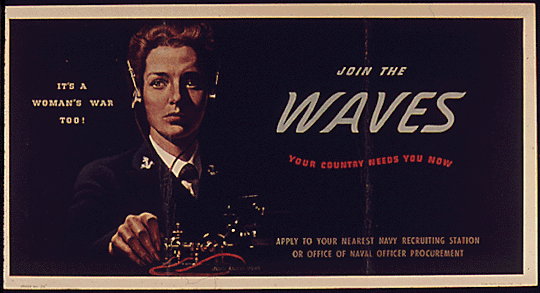
Recognition and Legacy
In 1977, after years of advocacy by WASP veterans, President Jimmy Carter signed legislation granting WASP pilots veteran status. Later, in 2009, they were awarded the Congressional Gold Medal for their service, sacrifice, and pioneering spirit. The legacy of the WASP program not only paved the way for women's integration into the U.S. Air Force but also demonstrated the capabilities of women in high-pressure, technical roles.
230 notes
·
View notes
Text
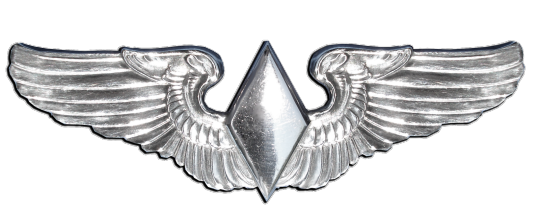
Insigne des Women Airforce Service Pilots (WASP)

Betty Gillies des Women Airforce Service Pilots (WASP) – 1943
©United States Air Force – 020927-O-9999A-004
Betty Gillies a été la première femme pilote à être «certifiée en vol» et a intégrer le Women's Auxiliary Ferring Squadron, plus tard le Women Airforce Service Pilots.
#WWII#united states army air forces#usaaf#unités#units#women airforce service pilots#wasp#femmes dans la guerre#women in war#betty gillies#1943
17 notes
·
View notes
Text
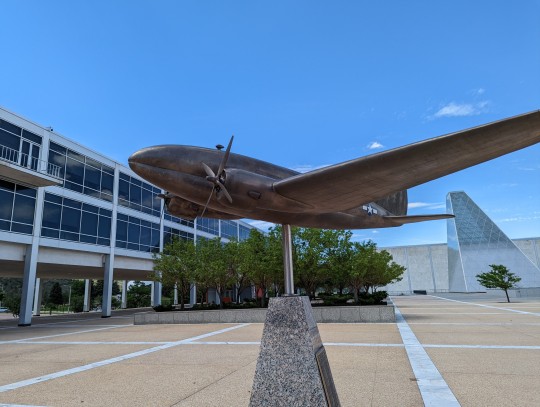
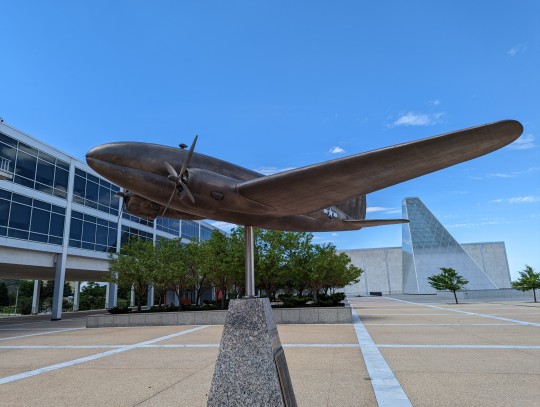
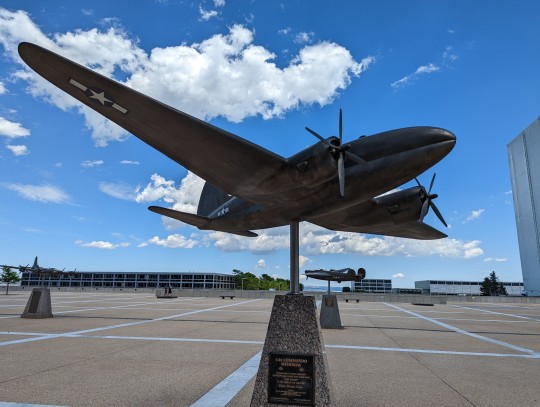

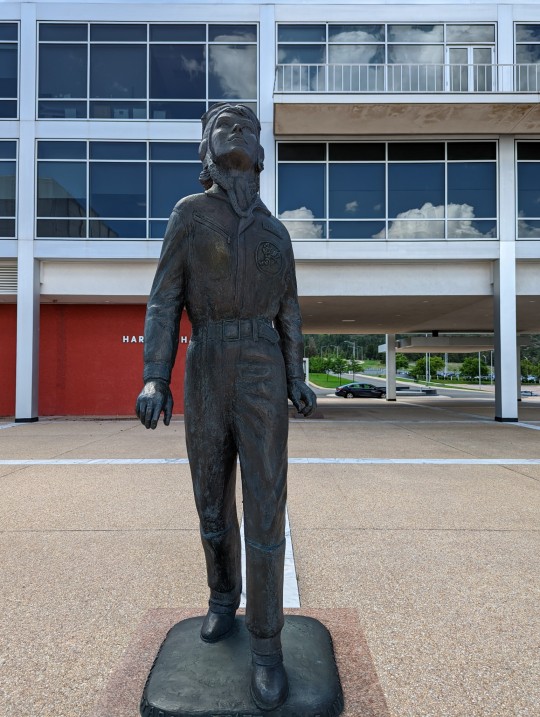

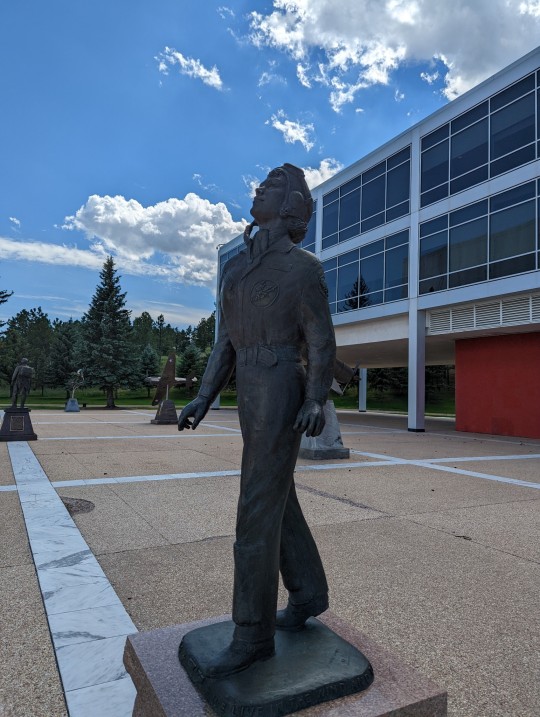
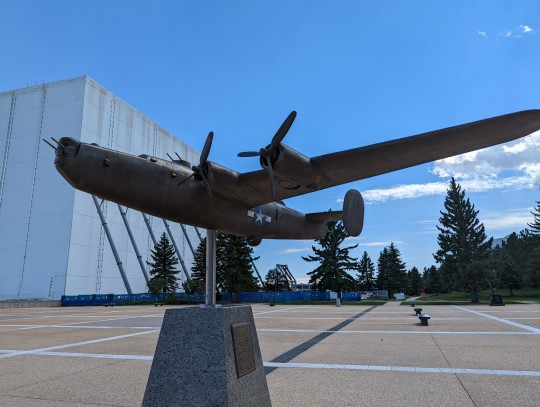
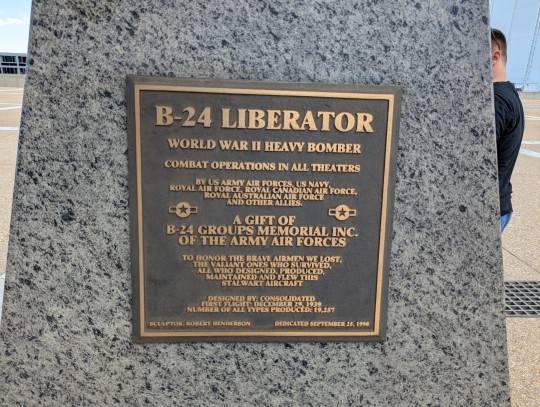

A memorial for the C46 Commando, B-24 Liberator and the Women Airforce Service Pilots (WASP) in Honor Court behind Harmon Hall.
#C46 Commando#WASP#Women Airforce Service Pilots#USAFA#air force academy#colorado springs#colorado#b-24 liberator#Honor Court
1 note
·
View note
Text
According to this Christian Science Monitor article, 640,000 Bristish women served in the armed forces during World War Two. More than 300,00 American women were in uniform. This doesn't include civilian work that supported the war effort. However, Hanks, Spielberg & Co. continue to mainly show women in regards to their relationships with men.
My grandmother was a WAC during the war and spent her time at Hamilton Field in San Francisco. The Bloody 100th it wasn't, but she was proud of service and loved her time in the army. She worked on the landing crew. You know the people holding the sticks on the ground, telling the pilots where to land and taxi? That was her. Women had all sorts of jobs on base. I was really looking forward to seeing their stories on Masters of the Air , but I guess it's easy for the writers to just put them in bed rather than create a complex female character.
Of course people had sex. And I'm not saying there should be no sex in the show. But the male characters are more than just their bedroom conquests. I wish the female characters were afforded the same opportunity.
30 notes
·
View notes
Text
Things to learn more of! <3
•Morse code (the app I use is called morsemania, it helps a lot I think)
•the trail of tears (this is never taught in history classes, although it should be)
• WASP (women air force service pilots) during the second world war, very interesting
•herbology/ how to use plants as medicine. Some of these wonderful plants may be growing in your yard!
•the history of an instrument, especially if you play one
•the history of medicine/why we do what we do in certain medical situations
• famous quotes/quotes in general
•How foods are made (bread, candy, chips,) or just things in general
•decrypting and encrypting text
•the life of your favorite author(s)/poet(s)
•writing
•the history of photography/pictures
•idioms we use and why
•munchhausen syndrome/ munchhausen syndrome by proxy (wendigoon made an amazing video on this)
•the history of ASL! Or really, your local sign language. It's really cool. Or just the history of a language in general
#dark academia#academia#learning#things to do#learn#research ideas#research#emotional intelligence#poetry#photography
66 notes
·
View notes
Text
In case I needed more reasons to love him:
[John] Egan got back to the USA and stayed on in the Air Force. Late in 1945 he married Josephine Pitz who had been a pilot with WASP assigned to New Castle AFB ferrying B-17s, PT-19s and C-47s.
-American Air Museum in Britain
!! He married a fellow pilot!
Anyway, you can see a bunch of pictures of Jo, as she was labeled in some photographs, during her training at Sweetwater Field and her wartime service here at the Women's Air Force Service Pilots Official Archive at Texas Women's University.
(so where's HER miniseries, Hanks?)
#masters of the air#women in wartime#women in world war two aviation#original girl gang#john egan#women's air service pilots
20 notes
·
View notes
Text
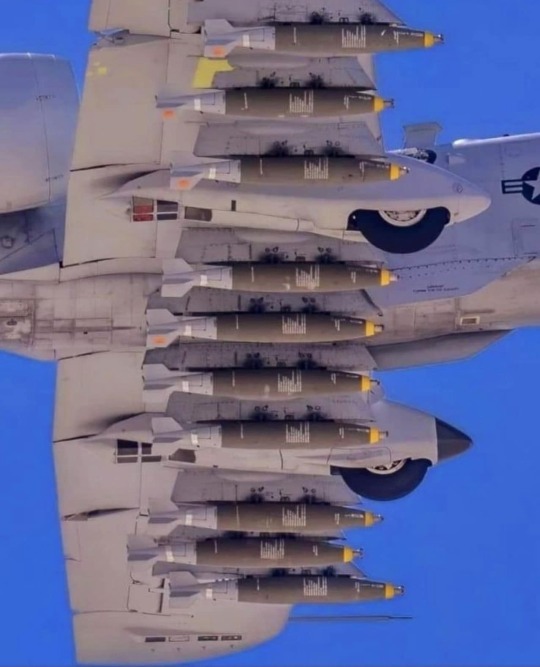
Loaded Hog
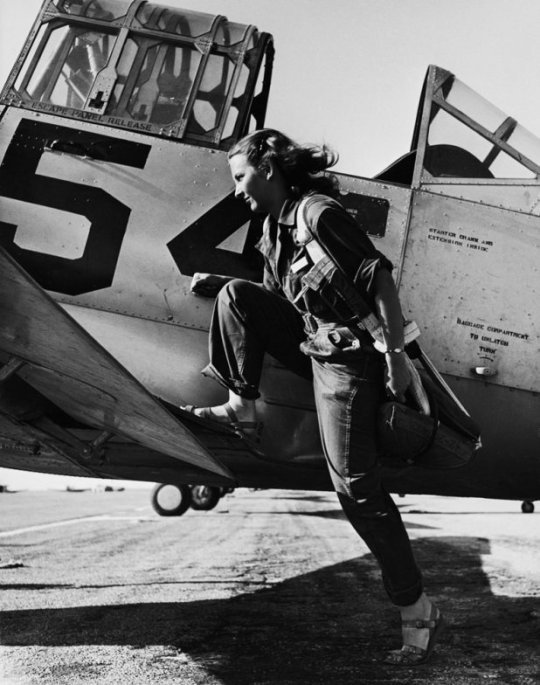
A pilot of the U.S. Women’s Air Force Service at Avenger Field, Texas, in 1943

led zeppelin plane
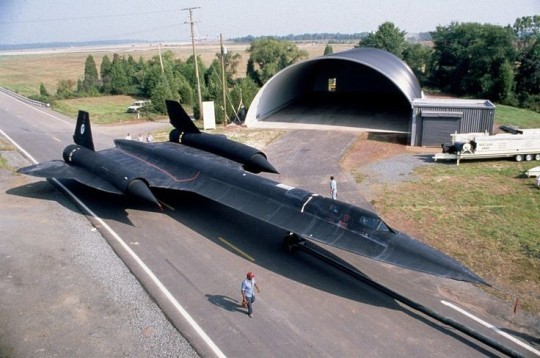



And that's how Santa gets around the world in one night.


CLOWNING AROUND BOEING FOR DEI


F-15 4

F-15E 003

F-15E Strike Eagle
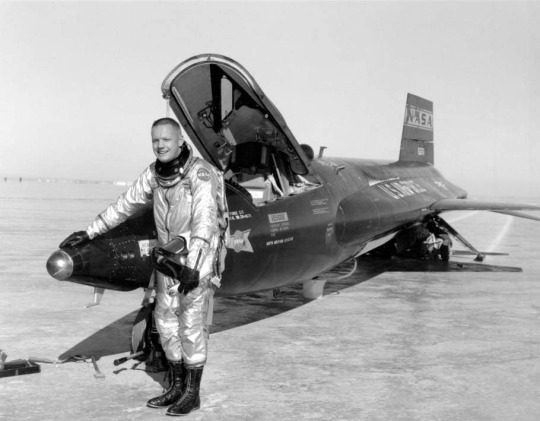
61 years ago today NASAs X-15 hypersonic aircraft made its first glide flight. The X-15 could fly at a top speed of 4,520 mph Its 199 flights including one with my commander during Apollo 11 Neil Armstrong

61 years ago today NASAs X-15 hypersonic aircraft made its first glide flight. The X-15 could fly at a top speed of 4,520 mph Its 199 flights including one with my commander during Apollo 11 Neil Armstrong2

F-16-35 ESCORTING B-52
10 notes
·
View notes
Text


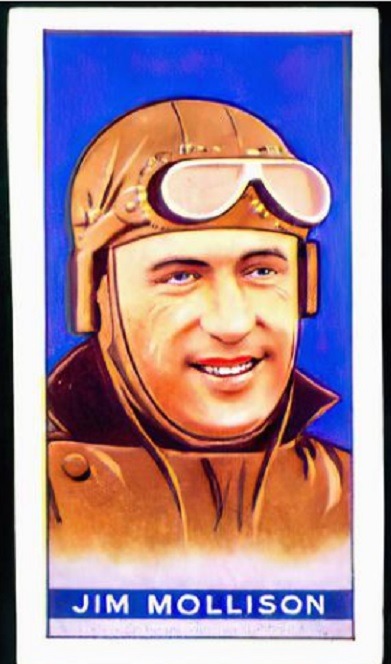
James Allan Mollison was born on April 19th 1905 in Glasgow.
Graeme Obree, Chris Hoy and a certain steam train have all bee called The Flying Scotsman in their time, but the original title goes to a man who actually did fly, Jim Mollison.
Jim would go on to become a pioneering aviator, breaking records for long distance flights. His marriage to fellow aviator Amy Johnson also saw them lauded as the golden couple during their time together.
Born the only child of Hector Alexander Mollison, a consultant engineer, and Thomasina Macnee Addie. He was educated at The Glasgow Academy and Edinburgh Academy and took an early interest in flying and obtaining his Royal Air Force (RAF) Short Service Commission at 18, he was the youngest officer in the service, and upon completion of training was posted to India, flying on active service in Waziristan.
At the age of 22, Mollison became a flying instructor at Central Flying School (CFS), again setting the record for being the youngest in this role. Shortly after, he transferred to the RAF Reserve and devoted his time to civil aviation.
In 1928-29, he served as an instructor with the South Australian Aero Club in Adelaide, leaving that position to become a pilot with Eyre Peninsular Airways and Australian National Airways.
In July-August 1931, Mollison set a record time of eight days, 19 hours for a flight from Australia to England, and in March 1932, a record for flying from England to South Africa in 4 days, 17 hours flying a de Havilland Puss Moth.
Mollison eventually served in the ATA Air Transport Auxiliary in the Second World War. In June 1941 Mollison and an ATA crew delivered Cunliffe-Owen OA-1 G-AFMB to Fort Lamy, Chad. The aircraft was fitted out as a personal transport for General De Gaulle.
Mollison was feted in London and New York, and could lead the life he had always wanted. “I am a night bird,” he once said. “Life and enjoyment begin when daylight fades. Cocktail bars and clubs, music, beautiful women— that’s living. Daylight comes to me as an interval for sleeping until an afternoon drink helps to bring on another evening.” His autobiography was called “Playboy of the Air”.
When Mollison and Amy Jonson married in 1932 the press were delighted, they were dubbed The Flying Sweethearts by the press and public. . The match was was perfect for the publicity machine, and the two of them set about devising new aviation records: in 1933 they flew together from Wales to New York and had a ticker-tape reception in Wall Street. But marriage did not last long or end well. It has sometimes been assumed that the match was a simple career move on Mollison's part: certainly he did not halt his relationships with other women. Nor did it limit his drinking. As I said earlier, he got the tag “ the Flying Scotsman” but those close to him called him “Brandy Jim”.
As well as his Playboy lifestyle and heavy drinking Jim Mollison was also quick with his fists, and a manager from the Grosvenor House Hotel was reported as saying ” We've had the most awful night here. Jim Mollison and Amy Johnson had a fearful row and he's beaten her up. The bathroom looks like a slaughterhouse.” The marriage officially ended in 1938.
Mollison kept flying, and – like Johnson – flew in a non-combat role in WWII. Both of them flew in the Air Transport Auxiliary. Johnson died in 1941 after baling out of aircraft. Mollison had at least one close escape, when his plane was shot up, but survived the war.
Mollison later settled in London and ran a public house. He married Maria Clasina E. Kamphuis in 1949 at the Maidenhead Register Office. Mollison continued to abused alcohol and in 1953, the Civil Aviation Authority Medical Board revoked his pilot's licence. The couple separated but Maria bought the Carisbrooke Hotel in Surbiton for him – a temperance hotel.
Suffering from acute alcoholism, he was admitted to The Priory, Roehampton, southwest London, where he died on 30 October 1959, the official cause of death was pneumonia, but unofficially it was thought to be alcoholic epilepsy.
12 notes
·
View notes
Text

Royal Canadian Air Force celebrates its first Centenary
Fernando Valduga By Fernando Valduga 04/01/2024 - 23:07in Military
The Royal Canadian Air Force (RCAF) has reached the 100-year mark today. The beginning of the celebrations of the first centenary was marked with a ceremony in Edmonton.
As the Royal Canadian Air Force celebrates its 100º anniversary, Edmonton became the host of a moving recognition of its unwavering service to Canada. A historic air passage was carried out by the Tactical Helicopter Squadron "Goose" 408, adorning the skies above the legislative grounds of Alberta and marking the beginning of a six-month commemoration period throughout the country.

Helicopter overfly in Edmonton

The squadron's overflight was led by the veteran pilot and current deputy commander, Major Geoff Martin. With more than a decade of experience at RCAF and a personal connection with the service arising from childhood memories of admiring aircraft with his grandfather, Martin embodies the passion and dedication that have been the hallmark of the service in the last century.
The RCAF turns 100 today! ?
Today, we celebrate a century of excellence, courage, and innovation in the RCAF. As we mark this milestone, we extend our heartfelt gratitude to all the incredible individuals past and present who have played a part in shaping #YourAirForce. #RCAF100pic.twitter.com/9pcNaZcGlB
— Royal Canadian Air Force (@RCAF_ARC) April 1, 2024
The long-standing mission of the RCAF: to provide air defense, search and rescue and to assist in disaster relief, remains unchanged. An example of this dedication to domestic and international aid is Martin's deployment to Iraq, where he contributed significantly to Canadian operations.
Highlighting the festivities, Lieutenant-Gov. Salma Lakhani addressed the assembly and paid tribute to the noble history of the RCAF. The day was also marked by the elevation of the Elifer of the Royal Canadian Air Force within the legislative grounds and, later, the eminent structures of Edmonton, the High Level Bridge and the Jubilee Auditoriums, were illuminated in blue to signify the celebrations of the centenary of the RCAF.
In honour of the 100th anniversary of the @RCAF_ARC, buildings around the world are illuminated with blue lights, including the Canadian National Vimy Memorial in #France. ??
Comment ??? to show your support.
?: https://t.co/IvXsMxr3K4#RCAF100Years#CanadaRememberspic.twitter.com/l9jwsk67up
— Veterans Affairs CA (@VeteransENG_CA) April 1, 2024
Lieutenant-Colonel (Retired) Thomas Sand, who dedicated 35 years to the RCAF, highlighted the incredible experiences he accumulated during his administration, such as tracking submarines and traveling the world, but emphasized that the most beloved aspect of the service is the unity and respect promoted among its members.
As the country continues to honor the 100-year history of the RCAF, it is evident that the spirit of duty to the nation and humanity that once formed the backbone of the Royal Canadian Air Force remains as strong today as ever.
Happy 100th birthday to @RCAF_ARC! Thank you for 100 years of air support! sic itur ad astra ('Such is the pathway to the stars') The #RoyalCanadianAirForce's incredible history:https://t.co/00V93ycniM #RCAF100 #WeTheNavypic.twitter.com/ijSp63bAxh
— Royal Canadian Navy (@RoyalCanNavy) April 1, 2024
Since its creation on April 1, 1924, the Royal Canadian Air Force (RCAF) has played a key role in the history of Canada, contributing to the defense of the nation and participating in international operations. Its emergence faced significant challenges, evolving through technological advances and adapting to the changing nature of air warfare and peacekeeping.
Throughout World War II, Korea and NATO's Cold War missions, the RCAF grew in capacity and size. The integration of women and various multicultural groups in the service over time has also shaped the dynamics of the organization. Today, it operates a fleet of several aircraft, from fighters such as the CF-18 Hornet to transport aircraft such as the C-130 Hercules and maritime patrol aircraft such as the CP-140 Aurora.
Happy Centennial, Royal Canadian Air Force! ???
As we celebrate 100 years of soaring through the skies, the Canadian Armed Forces extends warmest congratulations to the@RCAF_ARC on this historic milestone. #RCAF100pic.twitter.com/7yAwvhR1qy
— Canadian Armed Forces (@CanadianForces) April 1, 2024
The aerospace industry has been a critical aspect of Canada's economy, contributing significantly to research and development, production and employment. Canada's Defense Policy, "Strong, Safe, Involved", describes significant investments aimed at improving the capabilities of the RCAF. This is expected to include the acquisition of 88 advanced F-35 fighter aircraft to replace the current CF-18 fleet, increasing the country's sovereignty and NORAD's obligations. These acquisitions and technological upgrades of current assets offer indications of potential market growth in the defense aerospace sector in Canada and around the world.
Attracting skilled labor remains a challenge in the aerospace industry, with demographic aging and competition from other sectors. In a broader scope, issues such as climate change and the need for sustainable development have pressured defense organizations to consider environmental impacts on their operations and innovations. In addition, cybersecurity and the emergence of space as a contested domain indicate that the RCAF, like its allies, must evolve to face new threats that go beyond the traditional roles of aerial superiority.
100 years for the @RCAF_ARC! It has been a privilege to serve our country with amazing Canadians. I want to honor those who have served and who continue to serve in Canada and around the world over the past century. #RCAF100 pic.twitter.com/g5SUXBX78D
— Joshua Kutryk (@Astro_Kutryk) April 1, 2024
The celebrations of the centenary of the RCAF not only define a historic milestone, but also stimulate reflection on its future path in the midst of a constantly evolving industry, with new challenges and opportunities. It serves as a reminder of the commitment and sacrifice of the men and women who have served and continue to serve under its flag - a commitment that remains an integral part of Canada's security and its global partnerships.
Tags: Military AviationHISTORYRCAF - Royal Canadian Air Force/Canada Air Force
Sharing
tweet
Fernando Valduga
Fernando Valduga
Aviation photographer and pilot since 1992, he has participated in several events and air operations, such as Cruzex, AirVenture, Dayton Airshow and FIDAE. He has works published in specialized aviation magazines in Brazil and abroad. He uses Canon equipment during his photographic work in the world of aviation.
Related news
Jet A-1A taxis at Santa Maria Air Base. (Photo: Fernando Valduga / Cavok Brazil)
BRAZILIAN AIR FORCE
Even with possible retirement of A-1 jets, Santa Maria Air Base will not close, according to commander
01/04/2024 - 21:28
MILITARY
Journalists were reprimanded for stealing souvenirs aboard U.S. Air Force One
01/04/2024 - 18:55
MILITARY
Nordic nations consider military changes with NATO in mind
01/04/2024 - 16:00
Aerial view of Okinawa airport.
AIRPORTS
Japan plans to upgrade 16 airports and ports for military use
01/04/2024 - 15:00
MILITARY
AERALIS signs memorandum of understanding with Red 6
01/04/2024 - 14:00
INTERCEPTIONS
Venezuelan F-16 slaughters "hostile" aircraft that invaded the country's airspace
01/04/2024 - 08:32
15 notes
·
View notes
Photo

″WASP Pilot”
World War II WASP pilot Ruth Dailey climbs into the cockpit of a Lockheed P-38 Lightning.
101 notes
·
View notes
Text
Skyward Bound: The Willa Beatrice Brown Story ✈

Celebrating Black History Month, we honor Willa Beatrice Brown, a trailblazer in aviation and civil rights activism. Willa Brown, born in 1906 in Glasgow, Kentucky, shattered racial and gender barriers in the skies and became the first African American woman to earn a commercial pilot’s license in the United States. Her unwavering dedication to integrating aviation programs and empowering future pilots through education and advocacy has cemented her as a pivotal figure in American history.
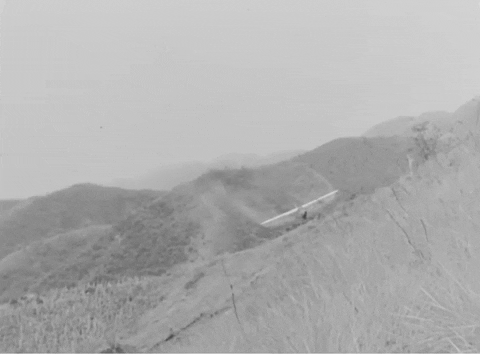
Willa Brown’s journey began with a passion for flying, leading her to earn her pilot’s license in 1938. Together with her husband, Cornelius Coffey, she founded the Coffey School of Aeronautics in Chicago, where they trained African American men and women, providing a foundation for the illustrious Tuskegee Airmen during World War II.
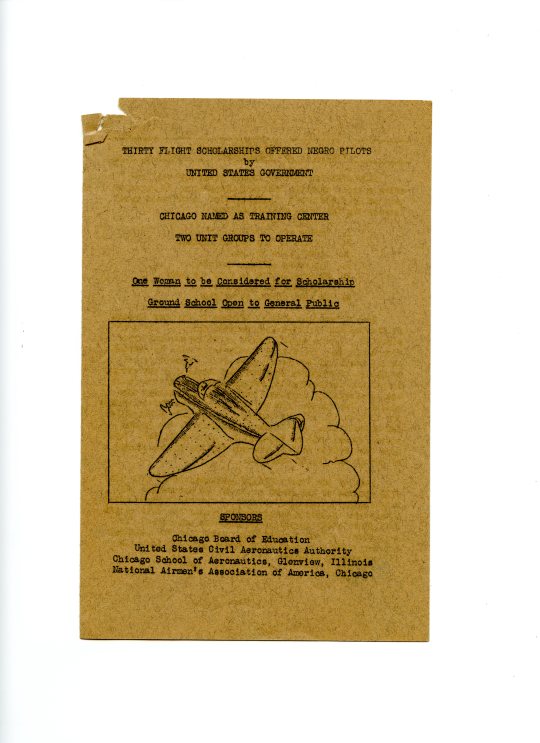
Brown’s advocacy extended to her role as the first African American woman to receive a commission as a lieutenant in the Civil Air Patrol and her political endeavors to integrate the armed forces, culminating in President Harry Truman signing Executive Order 9981 in 1948 to desegregate the military.
For those interested in exploring more about Willa Beatrice Brown’s incredible life and impact, the National Archives holds a treasure trove of resources:
#Black History Month#African American History#National Archives#Women’s History#Willa Beatrice Brown#Willa B. Brown#Aviation#BHM#BlackHistoryMonth#tuskegee airmen
157 notes
·
View notes
Photo

Ούτοι γυναικός εστιν ιμείρειν μάχης.**
- Aeschylus
Surely it is not for a woman to long for battle.**
Maureen Dunlop flew far faster planes than any of her peers, including Amelia Earhart. She flew Spitfires, Lancasters, Hurricanes and Mosquitos, and proved the dream of Picture Post's photographer when, on emerging from the cockpit of a Fairey Barracuda, the sun on her hair, she made the cover shot of the popular Picture Post that sold thousands of copies in autumn 1944.
Dunlop mastered the controls of 28 different single-engine and 10 multi-engine aircraft types, which also included the Hawker Typhoon, Hawker Tempest, Avro Anson, Mustang, Bristol Blenheim and Vickers Wellington.
The ATA did a gruelling day-to-day job, plying the skies under constant threat from inclement weather the length and breadth of Great Britain, at a time when the nature of flying was changing in popular consciousness from having been a pre-war novelty and the subject of record attempts and joyrides, to being a vital part of the war effort.
The women among its members also had to put up with opposition from men who had little faith in their ability – or perhaps misplaced chivalry – such as Air Chief Marshal Sir Trafford Leigh-Mallory, who would not let women pilots cross the Channel, or who were merely rude, such as the RAF men who joked of the first all-women aircraft ferrying pool at Hamble in Hampshire as "the lesbians' pool".
Dunlop, like many of her female colleagues, said she wished she could have flown in combat: "I thought it was the only fair thing. Why should only men be killed?"

The ATA service had been founded on the initiative of Gerard "Pop" d'Erlanger, a director of British Airways and banker, who bent the ear of Sir Francis Shelmerdine, Britain's director-general of Civil Aviation, against opposition from the RAF, which preferred to use its own pilots until shortages forced it to relent. ATA pilots had to make the most of training that was, some avowed after the war, inadequate. Instrument flying was not taught, but the service would have ground to a halt if pilots had not broken rules forbidding them to fly in bad weather. Women had to have a minimum of 500 hours' solo flying before joining the ATA, twice as much as the 250 hours originally laid down in September 1939 for the first members, all men. She was one of the 164 female members of the wartime Air Transport Auxiliary (ATA), of which one in ten pilots died while transporting aeroplanes between factories and military airfields
Maureen Dunlop, the second of three children of Eric Chase Dunlop, an Australian farm manager employed by a British company in Argentina, and his English wife, Jessimin May Williams, began flying at the age of 15, when she joined the Aeroclub Argentino. Two years later she had obtained her pilot's licence. Living with her parents, older sister Joan and younger brother Eric on estancias in Patagonia, she was educated by a governess and briefly attended St Hilda's College, an English school at Hurlingham in Buenos Aires. The example of her father's British military experience as a volunteer with the Royal Field Artillery in the First World War, together with an article in Flight magazine, inspired her to sail to England and offer her flying skills to the ATA.

She came through the war uninjured, but once had to make a forced landing when a faulty engine developed heavy vibration (an incident for which she was absolved of responsibility), and once was flying a Spitfire when a badly fitted cockpit cover blew off. After the war she qualified in England as an instructor and, returning to Argentina, flew for the Argentine Air Force and taught its pilots, as well as flying commercially. In 1973 she and her husband, Serban, a retired Romanian diplomat she met at a British Embassy function in Buenos Aires, returned to England, where for the rest of her life, on a farm in Norfolk, she followed her second love - breeding Arab horses. Dunlop built up an outstanding knowledge of bloodlines. She died in 2012.
141 notes
·
View notes
Text
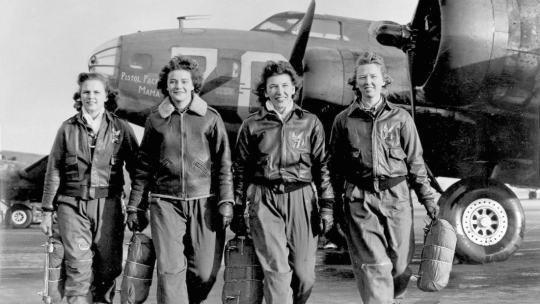
This Day in History: Women Airforce Service Pilots
On this day in 1942, the first pilot qualifies to fly for the Women’s Auxiliary Ferrying Squadron. That squadron was a predecessor to the Women Airforce Service Pilots, an organization that assisted the U.S. Army Air Forces during World War II.
These women were not officially a part of the military. They were civilians.
“There were no GI benefits, no fringe benefits, and no dress parades,” former WASP Deanie Parrish would later say, “just the satisfaction of knowing they had done their duty and they had completed their mission.”
The story continues here: https://www.taraross.com/post/tdih-wasp-pilots
32 notes
·
View notes
Text
I'm kind of disapointed at Masters of the Air for this last episode. They did good with the Red Cross Mobile Club women (the Helen-Nash affair was very subtle) and I understand not giving much air time to the awesome women in the Resistance (it's a show about USAAF after all). There are so many incredible stories about women in the Air Force, the WAACs, the USAAF Flight Nurses - what an awesome story that would be - the Women’s Air Force Service Pilots (WASPS) and many more, not to mention the British Armed Forces (again USAAF series) but no, they had to turn the very nice portrait of a woman-man friendship from last episode into an woman-married man affair from now on.
#mota spoilers#masters of the air spoilers#ep7#good thing I watch it on pc so I can skip their part and it is as it never happened#Thankfully I look at tumblr first thing friday morning so I know what to skip lol#mota rant
10 notes
·
View notes